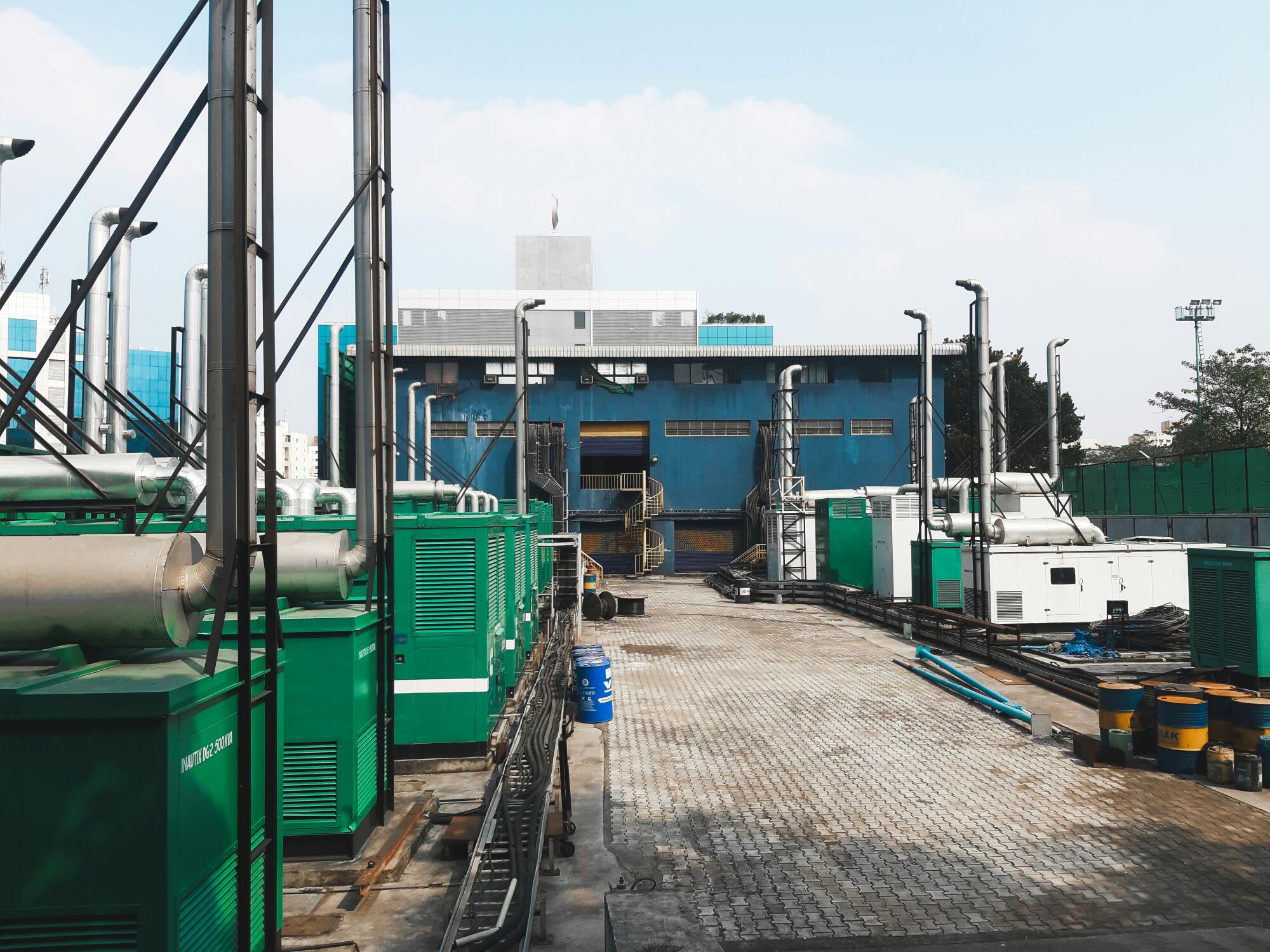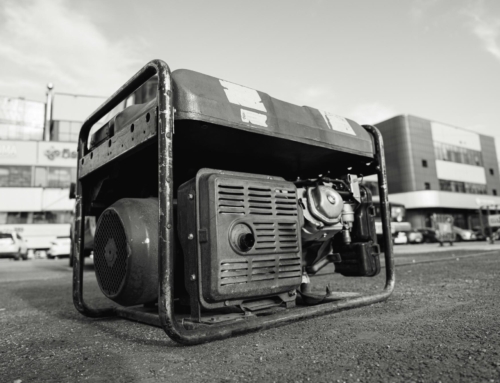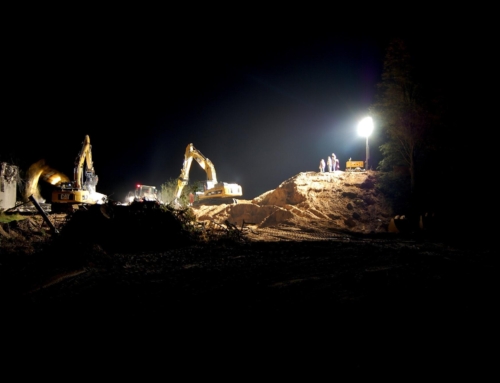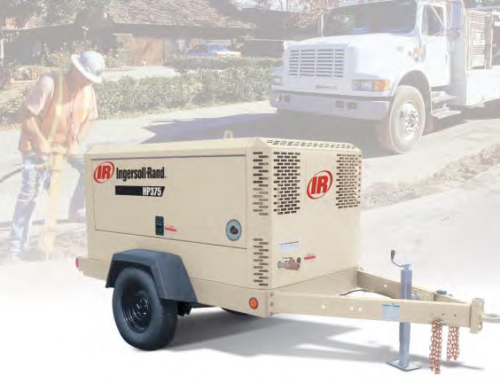In the industrial world, time is money, and downtime is the silent killer of profitability. Imagine the heartbeat of your operations stalling, production lines halting, and critical systems going dark.
This nightmare scenario is more than a possibility. It’s a looming threat for facilities that undervalue the bedrock of their emergency power systems: a concrete pad for generator usage. For industries far and wide, from manufacturing giants to essential healthcare services, the fallout from power interruptions can range from financial losses to catastrophic operational breakdowns.
It’s here, in this shared pressure point of maintaining uninterrupted power, that the critical role of a concrete pad becomes undeniably clear. Stick with us to understand why investing in this foundational aspect isn’t just an option. It’s imperative for safeguarding your operations against the unpredictable.
Table of Contents
What is a Concrete Pad?
A concrete pad is a solid, flat base made out of concrete. It’s designed to support heavy equipment, and when we’re talking about keeping the lights on and machines running in big operations, it’s often the go-to choice for industrial generators.
These pads are not your average slab of concrete. They’re engineered with a specific mix of cement, water, sand, and gravel to ensure they can handle heavy loads and withstand harsh weather conditions.
This blend makes the concrete pad incredibly durable and capable of supporting the weight of industrial generators. This is essential for operations in sectors like manufacturing, healthcare, and data centers.
When setting up types of generators, from diesel to natural gas models, a concrete pad ensures that these powerhouses have a reliable and sturdy foundation. The construction of a concrete pad involves careful planning and precision.
It usually starts with preparing the ground, setting up forms to mold the concrete, pouring the concrete, and then giving it time to cure or harden. The result is a robust platform that’s ready to support the weight and operations of industrial generators.
Why is a Concrete Pad Required for Industrial Generators?
Stability is key in the industrial world. A concrete pad provides a stable and level foundation crucial for the operational integrity of heavy-duty generators.
Imagine a large manufacturing plant where every minute of production counts. A generator on uneven ground could shift or settle, leading to operational failures or even safety hazards. The concrete pad eliminates these risks by offering a steadfast base that keeps the generator firmly in place to ensure a consistent power supply.
Moreover, the operational dynamics of industrial generators create vibrations. Over time, these vibrations can damage the generator itself and disturb the surrounding environment.
Here, concrete pads come into play by absorbing and minimizing vibrations. This not only extends the lifespan of the generator but also reduces noise pollution. This is particularly important in settings close to urban areas or within buildings where excessive noise could be a disturbance.
Safety and compliance are non-negotiable in industrial operations. Regulatory and safety standards often require concrete pads to ensure that generators are installed in a manner that prevents accidents and aligns with environmental protection guidelines.
For instance, a concrete pad can contain spills from the generator and prevent contaminants from seeping into the ground. This aspect of concrete pads safeguards both the workplace and the broader environment.
Considerations When Installing a Concrete Pad for Generator Usage
Installing a concrete pad for an industrial generator isn’t a task to take lightly. It requires careful consideration to ensure the setup supports the generator’s weight, operates safely, and complies with regulations.
Here are key aspects to think about before pouring that first scoop of concrete.
Size and Load Matters
When it comes to installing a concrete pad, one size does not fit all. The pad’s dimensions and thickness must be calculated based on the specific generator options you’re considering.
This means taking into account the weight of your new or used generators. A heavier generator will require a thicker and stronger concrete pad to bear the load without cracking or shifting.
Consider a generator setup for a large industrial plant. The generator here isn’t just big. It’s massive. For such units, the concrete pad might need to be several inches thick and reinforced with steel bars to ensure it can handle the load over time without any issues.
It’s essential to consult technical specifications and possibly work with an engineer to determine the exact requirements for your concrete pad based on the generator’s size and weight.
Strategic Location Is Key
Where you place the concrete pad is just as important as how it’s built. You need to think about access for maintenance, safety, and regulatory compliance.
The pad should be located in an area that’s easily accessible for regular checks and repairs. This ensures that maintenance staff can keep the generator in top working condition without having to navigate through tight or hard-to-reach areas.
Safety is another crucial consideration. The generator should be situated far enough from buildings and other structures to minimize noise and vibration impact, as well as to comply with fire safety regulations.
Additionally, think about the environmental aspects, such as avoiding flood-prone areas to prevent water damage.
Regulatory compliance cannot be overlooked. Different regions have specific codes and regulations regarding generator installation. These might dictate how close a generator can be to existing structures or boundaries and may have requirements for spill containment or other environmental protections.
Ensuring your concrete pad and generator setup meets these regulations is crucial to avoid penalties and ensure a smooth operation.
Powering Excellence with Swift Solutions
Unlocking the full potential of your industrial generators begins with a solid foundation, quite literally. Throughout this article, we’ve navigated through the pivotal role a concrete pad for generator usage plays in enhancing stability, safety, and performance in industrial settings.
At Swift Equipment Solutions, we pride ourselves not only in offering top-notch generators but also in guiding you toward making informed decisions about your generator accessories. Whether it’s a robust new generator or a reliable used option, understanding its foundation is key.
Check out our range of generator accessories today and let us power up your operations with confidence.








Leave A Comment